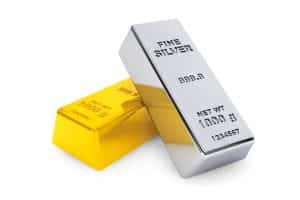The rise of Bitcoin has brought more attention to the term ‘blockchain.’ There are many types of information that can be stored on these blockchains. However, it is most famous for cryptocurrency and decentralized finance transactions. DeFi and crypto rely heavily on blockchains because no single person or organization is in control of it. Information entered is irreversible and presented in a transparent manner that is accessible to everyone.
Definition
Blockchain is a type of database. It stores information in blocks but differs from a database in that it connects these blocks of information together in chronological order, which explains the name “blockchain.”
Types of blockchains
Public blockchain
The information in this blockchain is distributed across a peer-to-peer network and not owned by a single person or organization. These computers will be spread all over the world and will cross-reference the data. The authenticity of data is verified by two main consensus methods: Proof of work (PoW) and Proof of Stake (PoS). This type of blockchain is the genesis of decentralized currency such as Bitcoin.
It is good for an organization that aims to build upon trust and transparency. However, it can be slow and open to hackers if not restricted correctly.
Private blockchain
Access to this type of blockchain is restricted to authorized personnel. They operate in the same way as a public blockchain but on a trimmed-down scale.
It is more controlled and can protect itself from ‘outsiders’ in an organization whilst still maintaining its transparency. However, it goes against the ‘fully’ transparent DNA of a blockchain as some information can be hidden. This type of blockchain is usually used to communicate data between sectors in a company.
Hybrid blockchain
As the name suggests, it is a hybrid of public and private blockchains. The organization that owns the blockchain can choose what can be accessed by everyone and what will be limited. Confidential information is still verifiable even though kept in the network.
This is used by organizations as they can have control over the high-scaled blockchain and be transparent. Nevertheless, information can be shielded.
Consortium blockchain
It is a type of hybrid blockchain that is owned by different members of an organization instead of a monopoly. The consensus methods procedures are determined by pre-set nodes.
It is better scaled than private but more secure than public blockchains. However, members can still breach the codes. Therefore, it is not 100% transparent and safe. Due to these characteristics, it is normally used in the medical field or banks to share information on research and payments.
Summary
A blockchain is a chronologically ordered database. There are four main types of blockchains: public, private, hybrid, and consortium. Each has its own characteristics, which makes them useful for different purposes.



